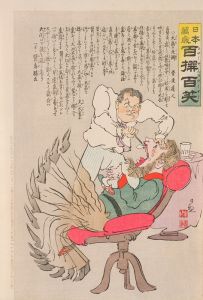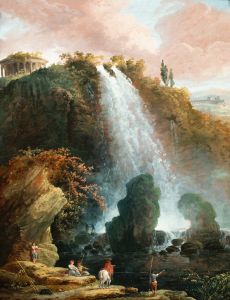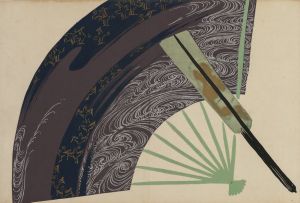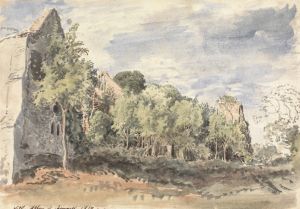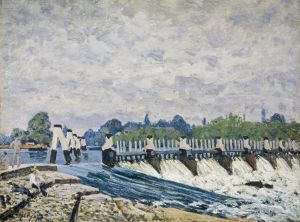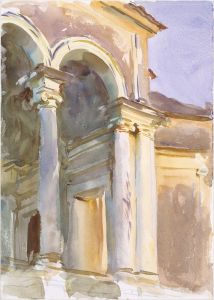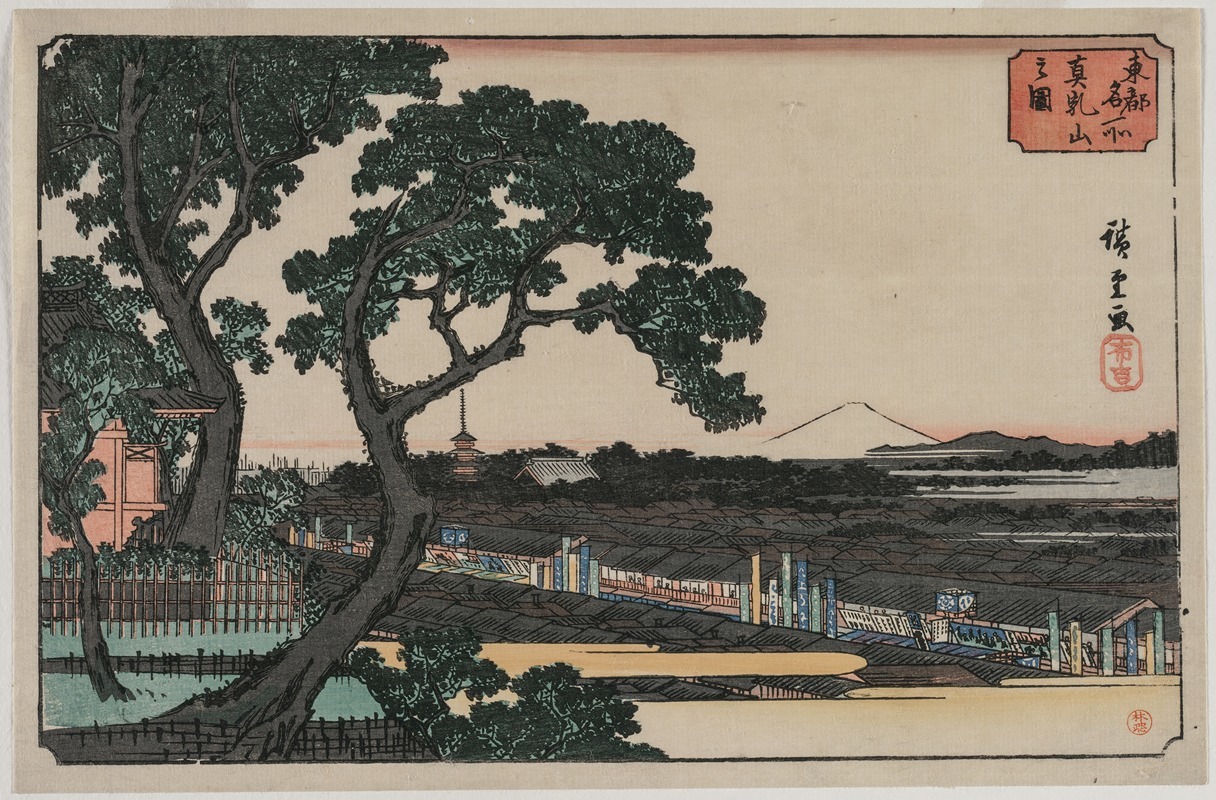
Picture of Matsuchiyama, from the series Famous Places in the Eastern Capital
A hand-painted replica of Andō Hiroshige’s masterpiece Picture of Matsuchiyama, from the series Famous Places in the Eastern Capital, meticulously crafted by professional artists to capture the true essence of the original. Each piece is created with museum-quality canvas and rare mineral pigments, carefully painted by experienced artists with delicate brushstrokes and rich, layered colors to perfectly recreate the texture of the original artwork. Unlike machine-printed reproductions, this hand-painted version brings the painting to life, infused with the artist’s emotions and skill in every stroke. Whether for personal collection or home decoration, it instantly elevates the artistic atmosphere of any space.
"Picture of Matsuchiyama, from the series Famous Places in the Eastern Capital" is a woodblock print created by the renowned Japanese ukiyo-e artist Andō Hiroshige (1797–1858). This artwork is part of Hiroshige's celebrated series "Famous Places in the Eastern Capital" (Tōto Meisho), which depicts notable landmarks and scenic spots in Edo, the city now known as Tokyo. The series is an example of Hiroshige's mastery in landscape art and his ability to capture the essence of Edo-period Japan.
The print portrays Matsuchiyama, a small hill located near the Sumida River in Edo. Matsuchiyama, also known as Matsuchiyama Shoden, is historically significant for its association with the Shōten shrine, a Buddhist temple dedicated to the deity Kangiten. The temple is a popular site for worshippers seeking blessings for prosperity and happiness. Hiroshige's depiction of this location reflects his keen interest in illustrating both the natural beauty and cultural landmarks of Edo.
Hiroshige's work is characterized by its use of vibrant colors, intricate details, and innovative compositions. In this print, he employs a combination of perspective and framing techniques to draw the viewer's attention to the hill and its surroundings. The scene likely includes elements such as the Sumida River, boats, and figures engaged in daily activities, which were common motifs in Hiroshige's landscapes. These details provide a glimpse into the life and environment of Edo during the early 19th century.
The "Famous Places in the Eastern Capital" series is part of the broader tradition of meisho-e, or "pictures of famous places," which became popular during the Edo period. These prints served both as artistic expressions and as visual guides to the notable sites of the time. Hiroshige's contributions to this genre solidified his reputation as one of the leading ukiyo-e artists, alongside contemporaries such as Katsushika Hokusai.
As with many of Hiroshige's works, "Picture of Matsuchiyama" reflects the influence of the Edo period's cultural and social dynamics. The print captures not only the physical landscape but also the spiritual and communal significance of the location. It is a testament to Hiroshige's ability to blend artistic skill with cultural storytelling, making his works enduringly popular both in Japan and internationally.
This print, like others in the series, was produced using traditional woodblock printing techniques. These involved carving the design into wooden blocks, inking them, and pressing them onto paper. The collaborative nature of ukiyo-e production, which involved artists, carvers, printers, and publishers, highlights the collective effort behind each piece.
Today, Hiroshige's works, including "Picture of Matsuchiyama," are celebrated for their historical and artistic value. They provide insight into the landscapes, architecture, and daily life of Edo-period Japan, offering a window into a bygone era.





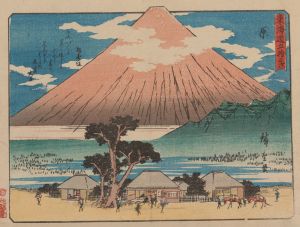
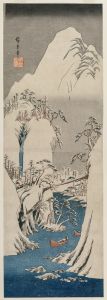
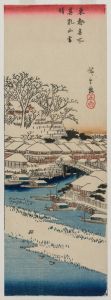
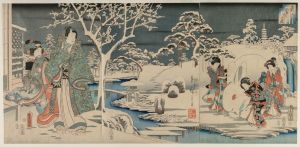
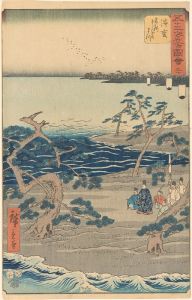
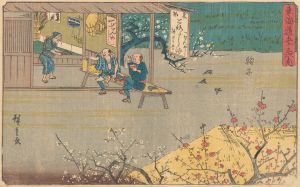
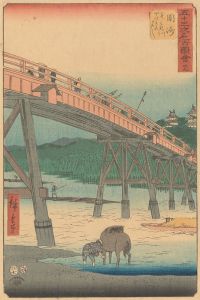
![Temple of Kalabshee [Kalabsha, Kalâbishah], Nubia. Nov. 1838.](/imgs/217548/s/david-roberts-temple-of-kalabshee-kalabsha-kalabishah-nubia-nov-1838-be0ac440.jpg)
